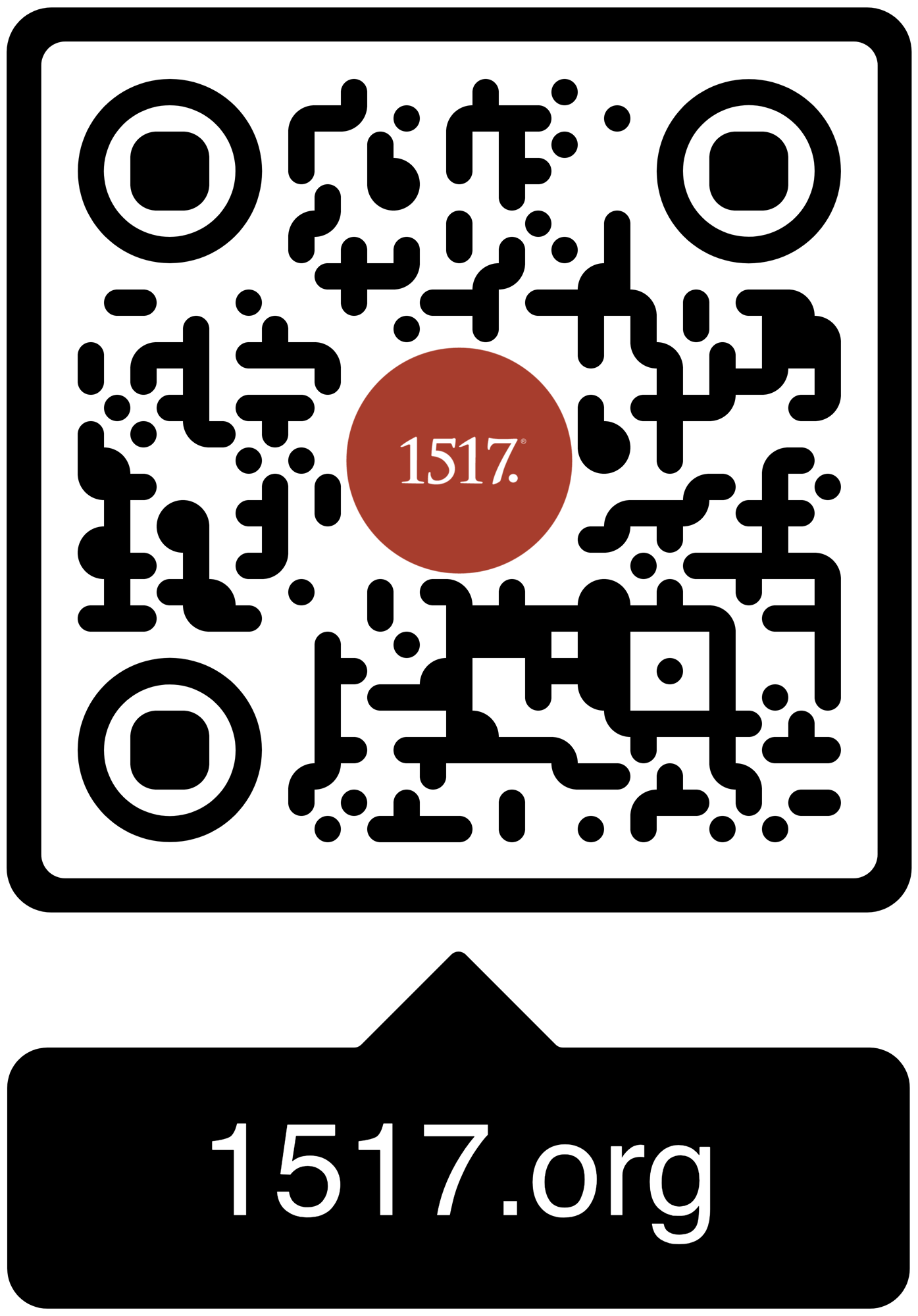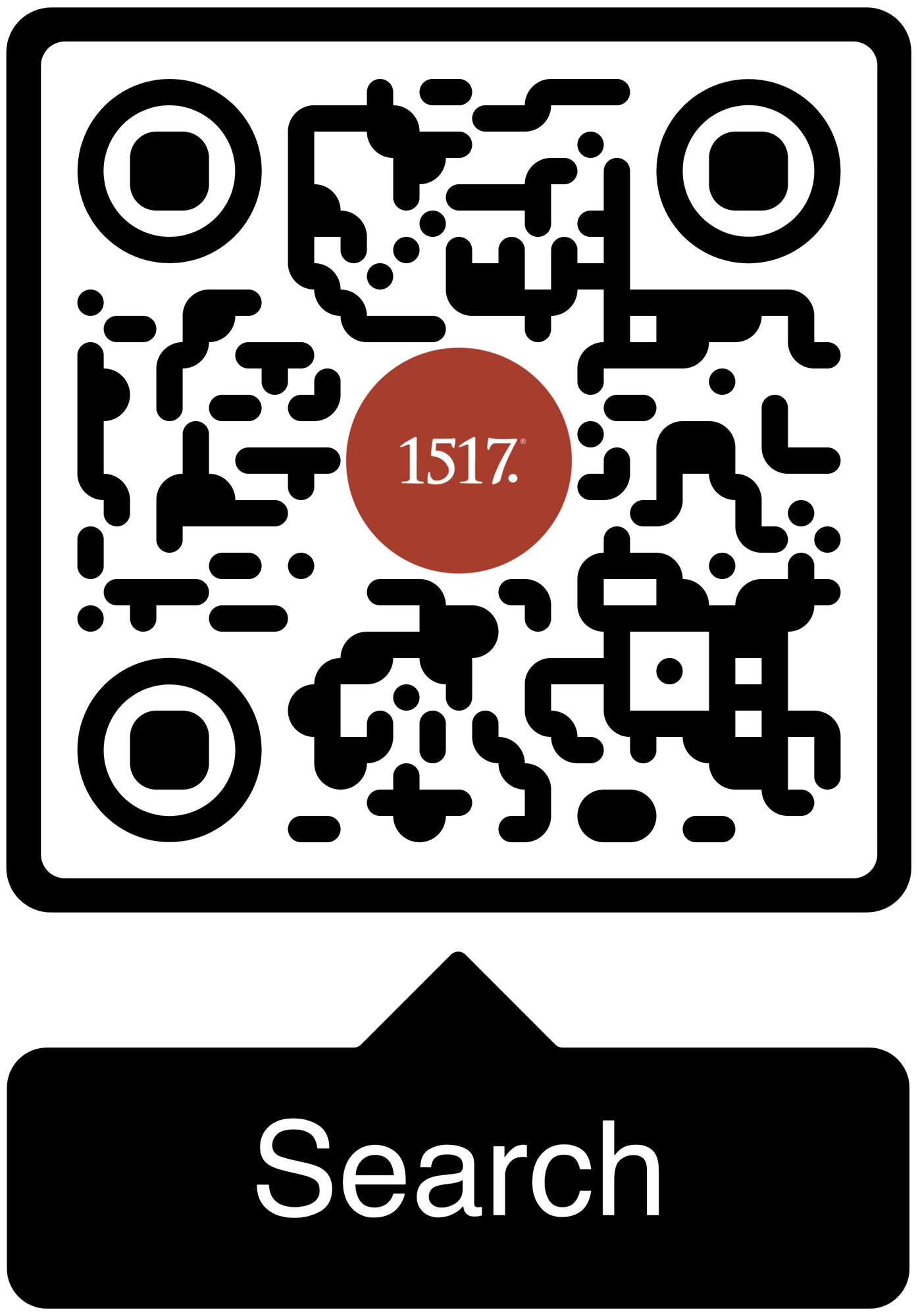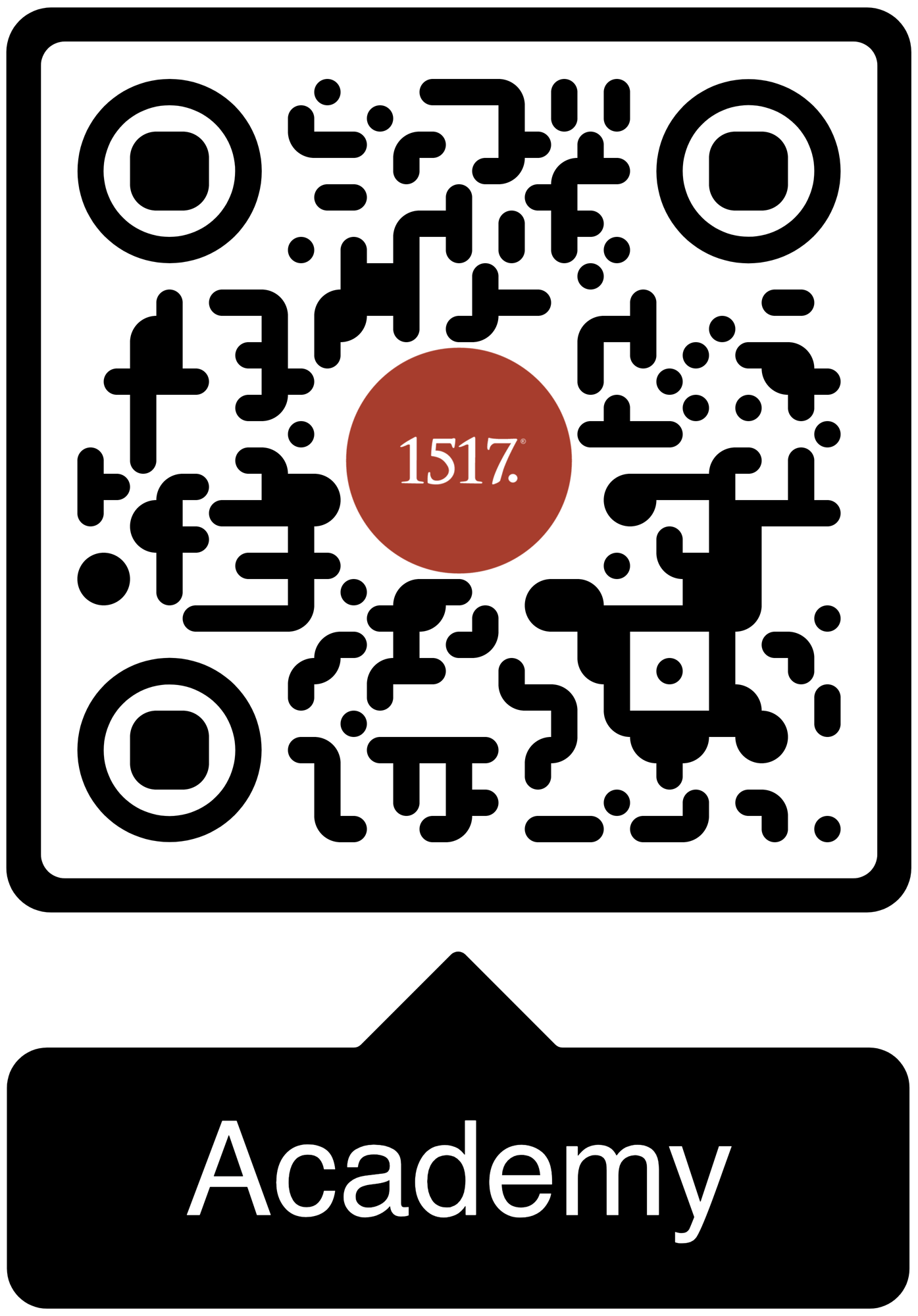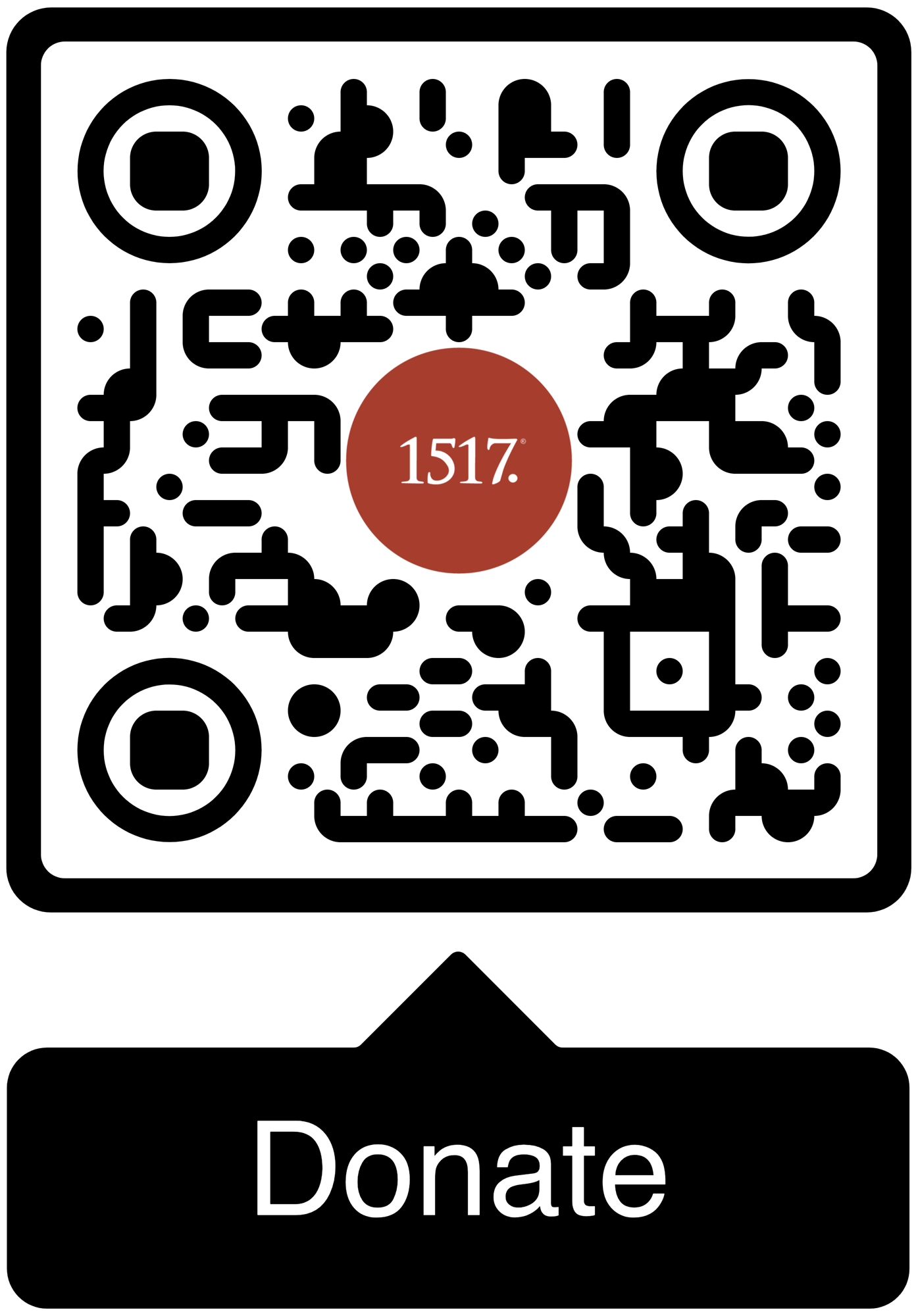God never turns His back on His people. He visits them with salvation and even outsiders are welcomed in through His redemptive visitation.
The Book of Ruth serves as a canonical and narrative bridge between Judges and the books of Samuel. The absolute mess left at the end of Judges is the reason Elimelech and his family move out to Moab. This is the clue that leads to the connection between these books. The mess in Judges culminated in a problem with the tribe of Benjamin. Then, as you look into 1 Samuel, the first king of Israel, who was a problem, was from the tribe of Benjamin. Ruth comes after Judges and prepares us to see hope, love, and faithfulness from the tribe of Judah and, more specifically, from a line which leads to David. He is also in 1 Samuel and is the next king of Israel after Saul. So, here we have a little narrative foreshadowing. Trouble with Benjamin leads to hope from Judah. Trouble with Saul leads to hope with David. However, David’s hope for the kingdom would come from the Lord who would send a Messiah through his lineage to bring hope and salvation to all (2 Samuel 7).
Our reading itself has some foreshadowing in it. Amidst all of this death and grieving, they “heard in the fields of Moab that the Lord had visited His people” (verse 6). There was hope in the land. The Lord had visited His people to keep His promise. This clue in the text acts as foreshadowing in the story of Ruth because it would be “in the fields” that Boaz would visit Ruth. This was all the working of the Lord to bring redemption, a redeemer, and a child through which we would have David and David’s greater son, the Messiah, Jesus. The Lord is working to redeem and save His people. Even Naomi, who in the course of the narrative has renamed herself “bitterness” (“Mara” in 1:20), is transformed by the end of the book back to herself as she holds the child who saves her house in her arms (4:17). But, of course, it would not be through Obed or Jesse or even David who would restore us back to who God has made us to be. It would be through the Christ child Jesus, the Son of David (Matthew 1:1), that we would join Naomi, Ruth, and all those who waited for the hope of Israel in a time when they felt like outsiders. God never turns His back on His people. He visits them with salvation and even outsiders are welcomed in through His redemptive visitation.
In our appointed Gospel lesson for today we have a perfect bridge to and from our Old Testament reading. Luke 17:11-19 is the time Jesus healed the ten lepers. Here, this community of Lepers is visited by the Lord and He redeems them from their life defined by uncleanness. He saves them by grace through faith (Luke 17:19).
God never turns His back on His people.
What would be important to develop in a sermon on this text is the Samaritan who returns to the Lord. There is a connection here to Ruth who is also a foreigner and returns with Naomi to the Lord (Ruth 1:16-17). Ruth has faith in Naomi’s God and is redeemed. The Samaritan has faith in Jesus and is redeemed. In fact, the Samaritan is saved! In Luke 17:19, the word for “made well” is the same word for “saved” in the Greek New Testament. This Samaritan was visited by Jesus and delivered by Him from more than just his disease but even his sin. We too experienced salvation when the Lord visited us in the waters of baptism, or through the Word preached, or through faith in the forgiveness of sins that was bought for us, not through a sandal as with Ruth (Ruth 4:7), but with Jesus’ holy and precious blood and third day resurrection. We have a kinsman redeemer in Christ, and we would learn well from the Samaritan to return to the Lord in and thanks and praise for all He has done to save us.
A compelling way to draw people into several moments of development in the sermon is to use a work of art to deepen their reflection on both of these texts. Recently, at the Craft of Preaching Summer Workshop, Dr. David Schmitt shared a painting by Brian Kershisnik called “The Ten Lepers.”[1] In this painting you have a scene from our Gospel lesson, but viewers are always surprised to find in the merry band of healed people a couple of women. Now, it should not surprise us that there might have been women in the group, but every time I have shown this painting, people always point this out. It is the same thing that happens when you read Matthew’s Davidic genealogy of Jesus in the first chapter of his gospel. People are often surprised by the 4 (or 5, depending) women in the list... one of them being Ruth. But when the Lord visits His people, should we really be surprised? He came for all people of every age and ethnicity. He came for the insiders and outsiders and all who would believe in Him by grace alone through faith alone. In Kershisnik’s painting, you can see Jesus still looking past the scene and beyond. You can observe Him searching for those who are not yet on the canvas. Or, perhaps, He is looking toward a hill far away, where on an old, rugged cross He would die for lost sinners who needed saving. Maybe His vision is leading us to the new horizon at His resurrection or even on the last day? Perhaps, we will see.
The structure for incorporating a work of art at the end of the sermon is an Image Delayed Structure.
“This sermon structure incorporates an image at the close of the sermon as both a rhetorical and a mnemonic device. Rhetorically, the use of an image at the close changes the register of the sermon to create a climactic conclusion. In the past, preachers have done this by moving from prose to poetry, closing the sermon with a verse from a hymn. Now, an image can create the same effect, drawing hearers into one final experience that captures the focus or function of the sermon. This image may also function mnemonically, calling to mind main ideas already experienced in the sermon. To do this, the preacher integrates into the sermon phrases that foreshadow the later image. By doing this, the preacher creates an echo of previous ideas as the sermon closes and, for the hearers, the image functions mnemonically, recalling earlier themes.”[2]
------
Additional Resources:
Craft of Preaching-Check out out 1517’s resources on Ruth 1:1-19a.
Concordia Theology-Various helps from Concordia Seminary in St. Louis, MO to assist you in preaching Ruth 1:1-19a.
Lectionary Kick-Start-Check out this fantastic podcast from Craft of Preaching authors Peter Nafzger and David Schmitt as they dig into the texts for this Sunday!
The Pastor’s Workshop-Check out all the great preaching resources from our friends at the Pastor’s Workshop!
---------
[1] https://www.newvisionart.com/products/ten-lepers-healed
[2] https://concordiatheology.org/sermon-structs/dynamic/imagistic-structures/image-delayed/





